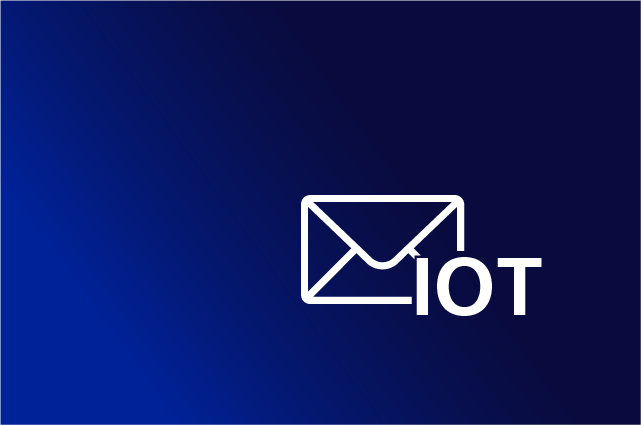Utilising SMS Revenues for Telcos in the IoT Landscape
Within the evolving landscape of the Internet of Things (IoT), SMS (Short Message Service) proves to be a pivotal force, continuing to have significant influence in connecting devices and enabling seamless communication within the IoT ecosystem. While the initial hype surrounding IoT may have subsided, Omdia’s IoT Enterprise Survey 2023 reveals that enterprises are actively embracing IoT as a core component of their digital transformation.
Key Insights from the IoT Enterprise Survey 2023
The survey, encompassing 506 enterprises across nine countries and eight industry verticals, underscores the pervasive integration of IoT.

An impressive 88% of respondents express that IoT plays a central role in their digital transformation, spreading across multiple areas within their organizations. Moreover, 42% anticipate deploying over 10,000 IoT devices within the next 12 months, with 15% aiming for deployment exceeding 50,000 devices. Financially, by 2023, 33% of organizations plan to invest between $1 million and $5 million in IoT projects, while 22% plan to exceed $5 million.
Continued Relevance of SMS
While various connectivity technologies strive to achieve importance in IoT solutions, Cellular M2M, which encompasses SMS, maintains its standing as the second-highest most-preferred choice among respondents. Almost 40% of enterprises use Cellular M2M, positioning it ahead of fixed wire technologies and just behind short-range options like Wi-Fi, Bluetooth, and Zigbee.
SMS in IoT Deployments
SMS continues to be integral in IoT deployments, particularly in scenarios involving the management of numerous remote devices. Its utility extends to simplifying device reconfiguration, especially when transitioning to a new wireless provider. SMS serves as a reliable tool for remote configuration, enabling modifications, firmware OTA updates, and device reboots in situations where mobile data connections are lost.
The use of SMS, instead of mobile data connections, emerges as a strategic choice to transmit information between devices and servers, contributing to extended battery life. Furthermore, SMS functions as a versatile machine-to-human command interface, facilitating alerts such as notifying devices offline status or alerting patients to adjust their blood glucose levels.
SMS and its Ecosystem Support
SMS enjoys widespread support in the telecoms industry, with APIs seamlessly integrating it into connectivity management platforms and cloud-based hyperscalers like AWS and Microsoft Azure. This inherent compatibility positions SMS as an accessible and integral component in IoT networks.
HORISEN’s SMSoT Unleashing Major Opportunities for Telcos and SMS Revenues
SMS emerges as a key player in enabling IoT connectivity, and for telcos, this presents a significant opportunity to leverage SMS revenues within the thriving IoT landscape. Once again, vendor-neutral messaging platforms stand out as key enablers, offering telcos the tools needed to harness the potential of SMS in driving IoT connectivity and unlocking new avenues for growth.
What sets HORISEN apart is not just the technological expertise but the commitment to vendor-neutral platforms. Telcos leveraging our solutions not only collect revenue efficiently but also open up new vistas of opportunities in the competitive IoT landscape. In essence, HORISEN empowers telcos to not just adapt but thrive in the ever-evolving world of IoT connectivity, transforming challenges into lucrative opportunities.
To find out more about how to utilise SMS revenues in the IoT landscape download OMDIA’s eBook “Vendor-Neutral Messaging Platforms” sponsored by HORISEN or click here to visit our page and get to know more about our vendor-neutral platforms.


